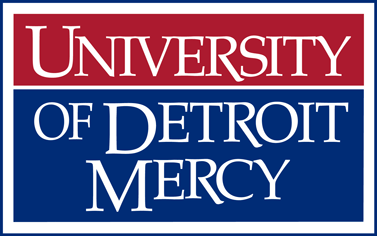Below is a summary of the abstract you submitted. Presenting author(s) is shown in bold.
If any changes need to be made, you can modify the abstract or change the authors.
You can also download a .docx version of this abstract.
If there are any problems, please email Dan at dar78@pitt.edu and he'll take care of them!
This abstract was last modified on April 1, 2025 at 2:46 p.m..

Mycobacteriophages are a genetically diverse group of phages that infect bacteria of the genus Mycobacterium. These phages not only provide insight into viral evolution and host interactions but are also valuable tools in molecular genetics and as potential therapeutic agents. We report on the genome annotation of mycobacteriophage Vivum, a novel temperate phage recovered from a soil sample collected in Ann Arbor, Michigan. Vivum was isolated using Mycobacterium smegmatis mc²155 as the host bacterium. Transmission electron microscopy revealed a Siphoviridae morphology, characterized by a long, flexible, non-contractile tail. Genomic clustering analysis placed Vivum in cluster F, subcluster F1, a well-represented group containing over 240 sequenced phages. Genome sequencing revealed a double-stranded DNA genome of 59,909 base pairs with a G+C content consistent with other F1 subcluster phages. Our preliminary annotation, performed using PECAAN and its suite of integrated bioinformatics tools, identified 106 putative open reading frames (ORFs) and a single tRNA gene. The left arm of the genome contains many of the conserved structural genes typical of mycobacteriophages, including those coding for the major capsid, tail proteins, and portal protein. In contrast, the right arm appears to contain regulatory and lysogeny-related genes, consistent with Vivum’s temperate lifestyle. Our current efforts focus on refining functional annotations, especially within the less-characterized right genomic arm, which may harbor genes involved in lysogeny, DNA modification, or host interaction. Final annotation will provide a more comprehensive understanding of Vivum’s genomic architecture and its role within the broader mycobacteriophage ecosystem. This work contributes to the expanding database of mycobacteriophage genomes and enhances our understanding of phage diversity, genome organization, and evolution. We look forward to presenting our findings, including functional predictions and comparative genomic insights, at the upcoming SEA Symposium.
